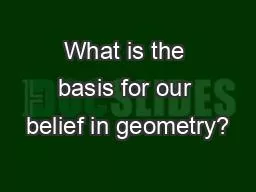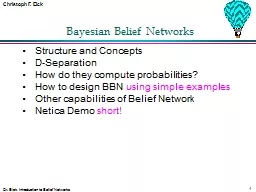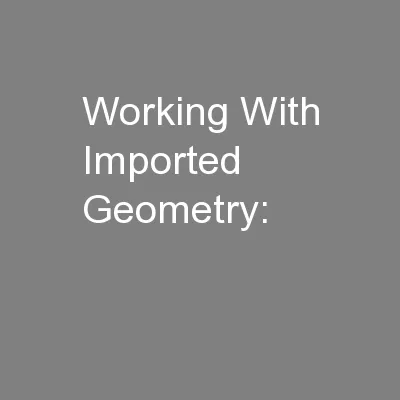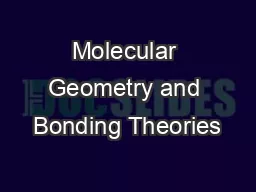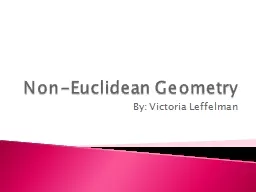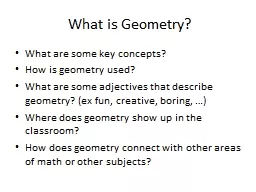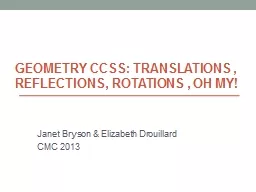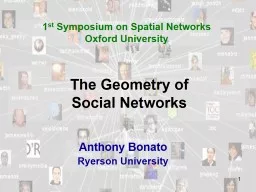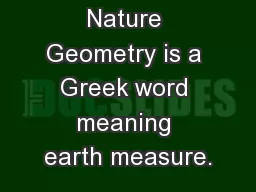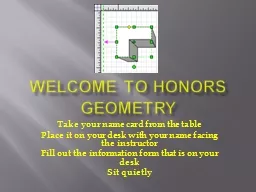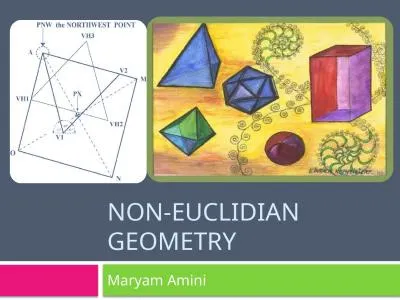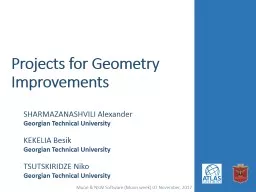PPT-What is the basis for our belief in geometry?
Author : phoenixbristle | Published Date : 2020-07-01
Does space exist What is the relation between a theory and reality Views of Reality a spectrum The common person There are definite events independent of observation
Presentation Embed Code
Download Presentation
Download Presentation The PPT/PDF document "What is the basis for our belief in geom..." is the property of its rightful owner. Permission is granted to download and print the materials on this website for personal, non-commercial use only, and to display it on your personal computer provided you do not modify the materials and that you retain all copyright notices contained in the materials. By downloading content from our website, you accept the terms of this agreement.
What is the basis for our belief in geometry?: Transcript
Download Rules Of Document
"What is the basis for our belief in geometry?"The content belongs to its owner. You may download and print it for personal use, without modification, and keep all copyright notices. By downloading, you agree to these terms.
Related Documents

